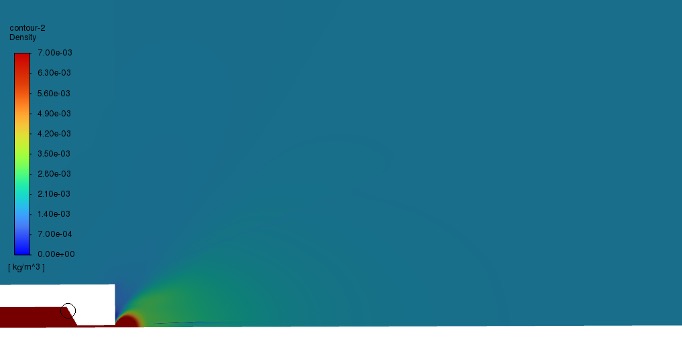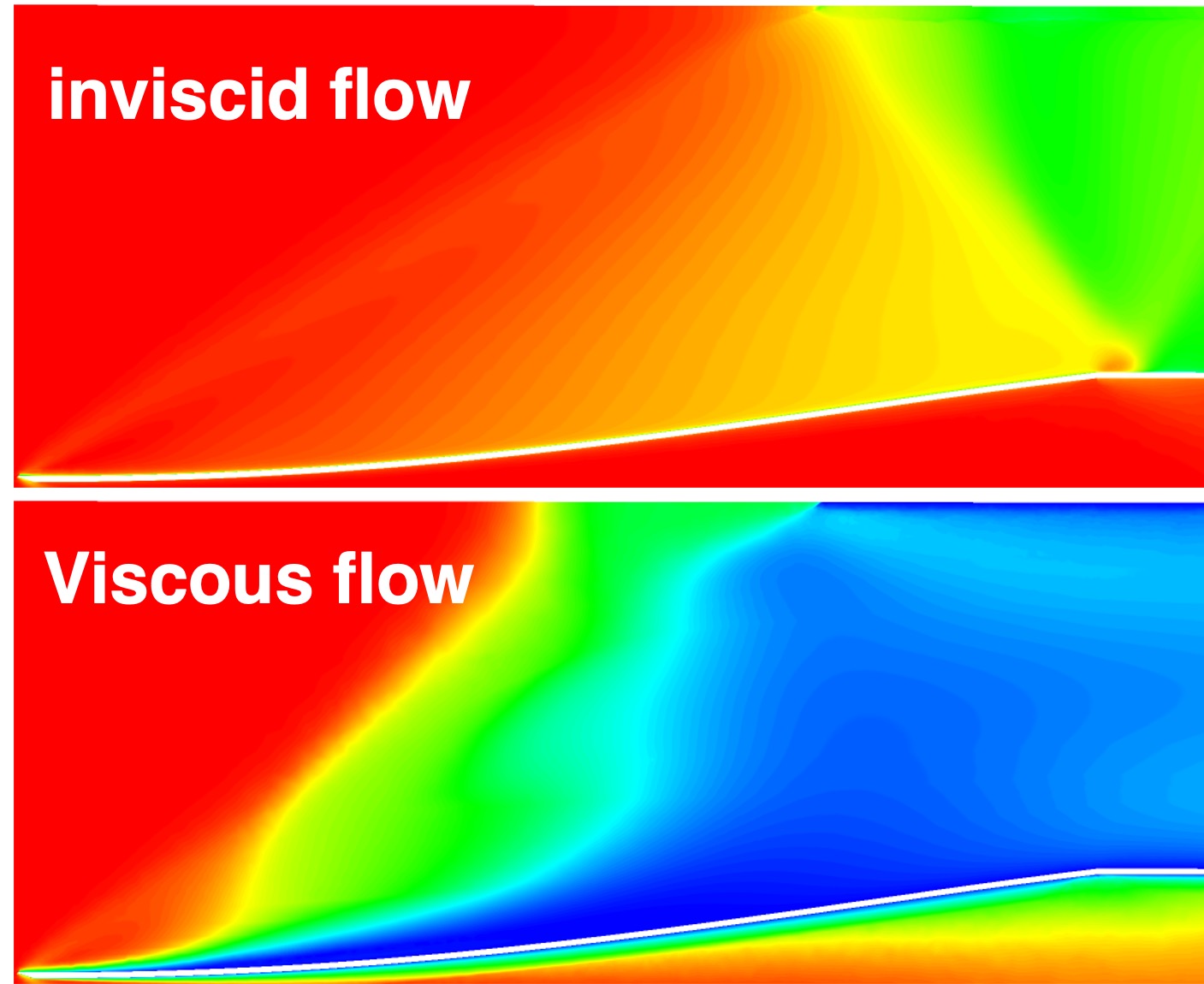Study on Dynamics of Spacecraft and Space Rocket
JAXA Supercomputer System Annual Report February 2021-January 2022
Report Number: R21ECWU24
Subject Category: Cooperative Graduate School System
- Responsible Representative: Shujiro Sawai, Demartment of Space Flight Systems, Institute of Space and Astronautical Science
- Contact Information: Yusuke Maru(maru.yusuke@jaxa.jp)
- Members: Haruaki Seta, Maiko Yamakawa
Abstract
Fluid phenomena that appears in space rockets and spacecraft was analysed. There are two main subjects; one is design study of air inlet for a reusable ballistic flight rocket equipped with the air breathing engine. The other was to evaluate the interference between the exhaust plume of the thruster and the regolith on the surface of the celestial body, assuming a lunar planet takeoff and landing aircraft.
Reference URL
N/A
Reasons and benefits of using JAXA Supercomputer System
It is used for relatively large-scale CFD analysis (aerodynamic design research) and parametric study with a large number of cases (interference evaluation research between exhaust plume and regolith).
Achievements of the Year
Using Ansys Fluent provided by the ISV service, we performed CFD analysis of the injection plume in an experiment in which gas was blown onto simulated soil. The analysis was a steady-state analysis of the axis rotation model, and SST k-w was used as the turbulence model. Figure 1 shows an example calculated for free flow. The experimental results were explained using the physical quantities of the obtained exhaust plume.
We are studying the design of an air intake for a reusable suborbital rocket equipped with an air-breathing engine. Figure 2 shows an example of the analysis results of the air intake alone. In the non-viscous flow, the flow is formed as designed, but in the viscous flow, the deviation from the ideal state is large.
Publications
N/A
Usage of JSS
Computational Information
- Process Parallelization Methods: N/A
- Thread Parallelization Methods: Automatic Parallelization
- Number of Processes: 1
- Elapsed Time per Case: 5 Hour(s)
JSS3 Resources Used
Fraction of Usage in Total Resources*1(%): 0.01
Details
Please refer to System Configuration of JSS3 for the system configuration and major specifications of JSS3.
| System Name | CPU Resources Used(Core x Hours) | Fraction of Usage*2(%) |
|---|---|---|
| TOKI-SORA | 65973.33 | 0.00 |
| TOKI-ST | 18981.05 | 0.02 |
| TOKI-GP | 0.00 | 0.00 |
| TOKI-XM | 0.00 | 0.00 |
| TOKI-LM | 0.00 | 0.00 |
| TOKI-TST | 0.00 | 0.00 |
| TOKI-TGP | 0.00 | 0.00 |
| TOKI-TLM | 0.00 | 0.00 |
| File System Name | Storage Assigned(GiB) | Fraction of Usage*2(%) |
|---|---|---|
| /home | 700.00 | 0.70 |
| /data and /data2 | 11240.00 | 0.12 |
| /ssd | 1100.00 | 0.28 |
| Archiver Name | Storage Used(TiB) | Fraction of Usage*2(%) |
|---|---|---|
| J-SPACE | 0.00 | 0.00 |
*1: Fraction of Usage in Total Resources: Weighted average of three resource types (Computing, File System, and Archiver).
*2: Fraction of Usage:Percentage of usage relative to each resource used in one year.
ISV Software Licenses Used
| ISV Software Licenses Used(Hours) | Fraction of Usage*2(%) | |
|---|---|---|
| ISV Software Licenses(Total) | 139.62 | 0.10 |
*2: Fraction of Usage:Percentage of usage relative to each resource used in one year.
JAXA Supercomputer System Annual Report February 2021-January 2022




